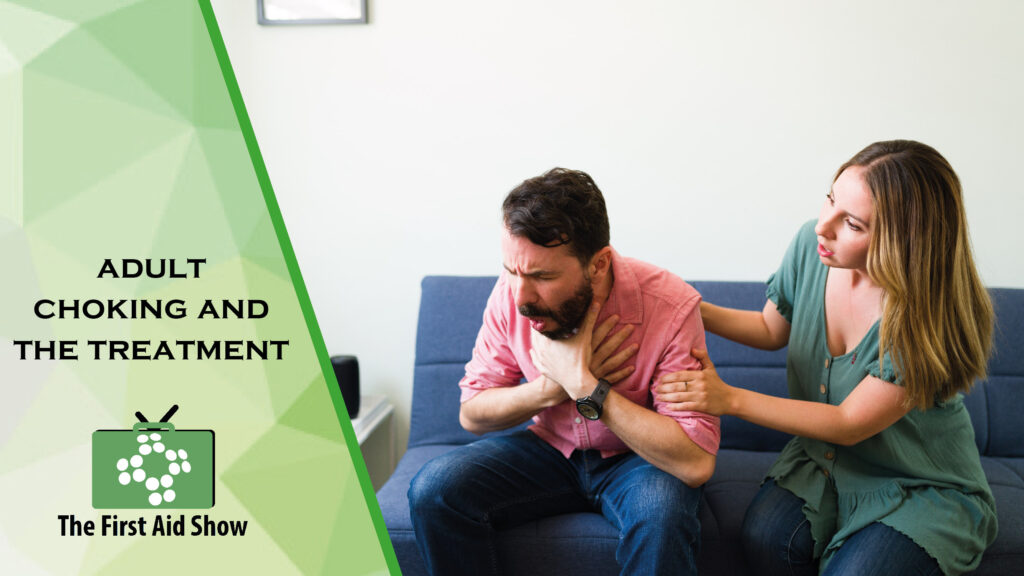Choking is a potentially life-threatening situation that requires immediate action. Broadly, choking can be categorised into two types: mild and severe.
Mild Choking:
- Symptoms: The person can still breathe but may cough vigorously, struggle for breath, and appear distressed. Vocal noises like talking or coughing are signs of mild choking.
- Example: A fishbone getting caught in the throat.
- Action: Calm the person and encourage coughing to expel the obstruction. If unsuccessful, medical intervention is necessary.
Severe Choking:
- Symptoms: A complete blockage in the airway, causing extreme distress and the inability to cough or speak. Time is of the essence, as loss of consciousness can occur rapidly.
- Example: A large piece of steak blocking the airway while eating.
- Action: After obtaining consent—verbal or non-verbal—perform five back slaps followed by five abdominal thrusts. Repeat as needed.
- Consent and Signs: Asking “Are you choking?” may sound counterintuitive but can be crucial for gauging severity. Lack of response or the universal sign of choking (hands to the throat) confirms the need for immediate action.
- Observations: Note their facial colour and body language; a choking person will likely turn red and appear visibly distressed.
Remember, it’s always better to let trained professionals handle medical emergencies when possible. Make sure to call for emergency services as soon as the situation is identified.
About First Aid Show: Brought to you by ProTrainings Europe Ltd, the First Aid Show offers an extensive range of first aid courses available in various formats including classroom, virtual, hybrid, blended, and video online training. With a network exceeding 1,500 instructors, we are your go-to source for first aid training and equipment. For more details, ring 01206 805359, email support@protrainings.uk, or visit www.protrainings.uk. Equipment can be found at www.first-aid-online.co.uk.


